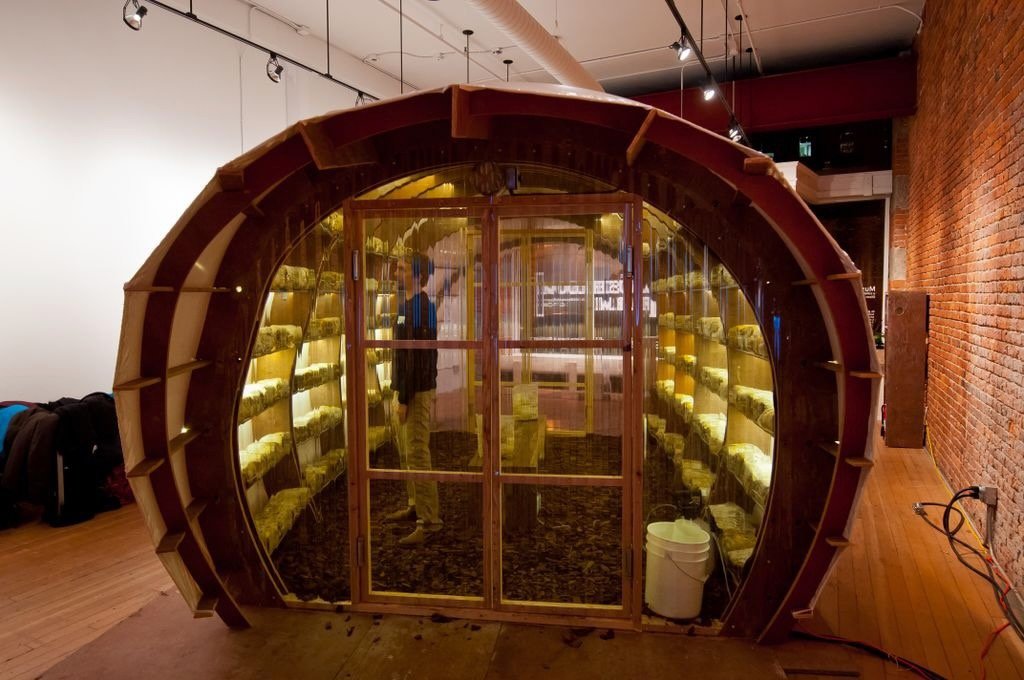
“You are under no obligation to remain the same person you were a year ago, a month ago, or even a day ago. You are here to create yourself, continuously.”
- Richard Feynman
Invest in change.
Integrating science, planning, and design is a core part of our approach to creating a more sustainable future. Working in both urban and rural environments we use geospatial analysis, communication + visualization tools, and environmental design to help achieve these goals.
Example ideas we have worked on.
Planning to Thrive: Equity, Justice & Integrated Strategies for Colorado's Future.
We hosted a Symposium that brought together community members and advocates, subject experts, and local and state elected officials to learn first-hand the challenges facing Coloradans – to understand shortcomings, steps needed to achieve authentic sustainability, and 21st-century solutions for resiliency for everyone. The event was designed for listening, learning, conversation, working sessions, and advancing real actions for a better future.
Representatives from more than 30 organizations in Colorado – working on environmental restoration, climate mitigation, equity and environmental justice, housing-of-all, efficient land use, economic resilience, and mobility-for-all were part of the event.
Park Hill Workshop.
Park Hill Workshop is a Denver-based woodworking company specializing in outdoor redwood furniture. We started this business during the COVID-19 pandemic as a way to help local restaurants. Working with a few Business Improvement Districts we built picnic tables to create outdoor seating. We’ve since expanded to offer our outdoor furniture to individual customers as well as BIDs, restaurants, and related organizations helping the community.
The City We Have, The City We Want —Symposium for Sustainable Urbanism 3.
Over two days in 2019, the Colorado Chapters of the American Society for Civil Engineers, the American Public Works Association, the American Planning Association, and the University of Colorado Denver, convened the third Symposium for Sustainable Infrastructure. For this year's event, we wanted to focus on visionary thinking. With the title “The Cities We Have, The Cities We Want,” the program consisted of a series of sessions that address how cities have evolved through the work of engineers and planners. We began the symposium by understanding existing paradigms in the cities we have and finished with a discussion on a path forward for engineering and planning to achieve the cities we want.
[storefront] Mushroom Farm.
[storefront] Mushroom Farm was a pop-up project installed in Seattle in 2012 that invited visitors to consider the far-reaching impacts of one seemingly simple choice — purchasing a cup of coffee — as a nexus for sustainable awareness, community building, and a model for future urban agriculture practice. Mushroom Farm was not only a hyper-local demonstration project but also an educational outreach center and community lunchroom space.
The mushroom farm structure, designed and built from repurposed concrete forms, was fueled with grounds gathered from three nearby cafes.
Center for Urban Agriculture.
Recognizing the rapidly growing urban, environmental, and slow-food movements, the Center for Urban Agriculture, designed with Mithun, is a conceptual design, net-zero building focused on a visionary new model for urban life. It was a
The 21-story structure is designed to generate nearly all of its own energy and food on site, with significant reductions in embodied carbon through the use of modular prefabricated building blocks. The 28.6 million gallon storage/filtration tanks harvest rain and stormwater from the site, with potential for a district-scale greywater system serving the surrounding neighborhood.
The project won the Living Building competition. Completed while with Mithun.
Rising Tides: The Estuarine City.
Rising Tides was an international competition for ideas responding to sea level rise in San Francisco Bay and beyond that was organized by the San Francisco Bay Conservation and Development Commission (BCDC). Mithun’s entry to Rising Tides, The Estuarine City, explored the evolution of a living bay community and culture, and was awarded an honorable mention. The premise was to restore the saltwater systems that sustain us and build a shared knowledge or community capacity that would support the adaptation of strategies going forward. This knowledge base grows by supporting self-organizing systems, reinforcing areas of human density and areas of wildness, and integrating food, water, energy and waste systems with the estuarine patterns of the watershed. The team included Bionic, Regenesis and NSI. Completed while with Mithun.



